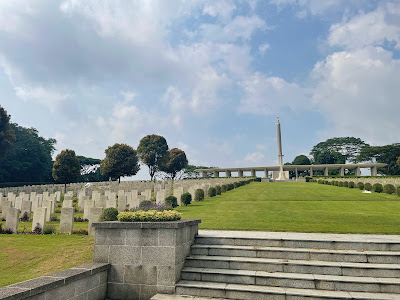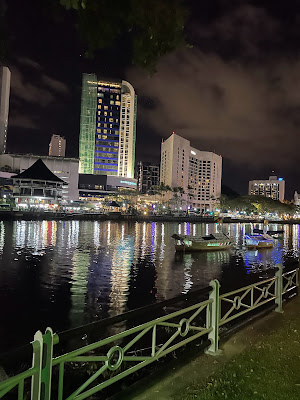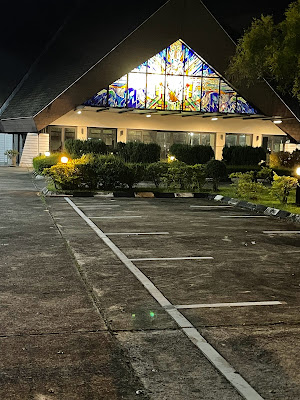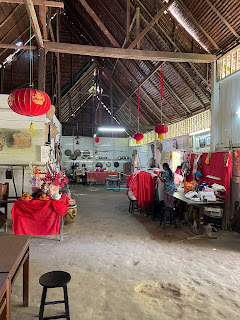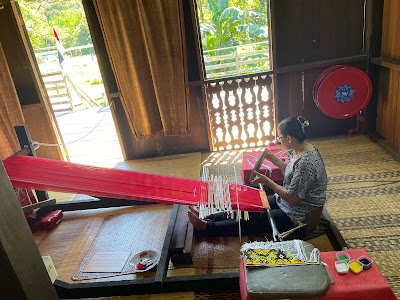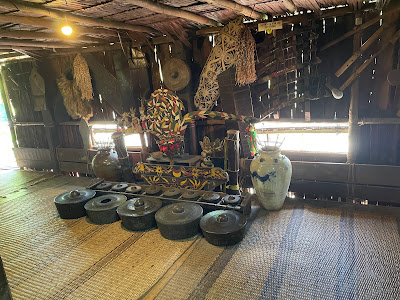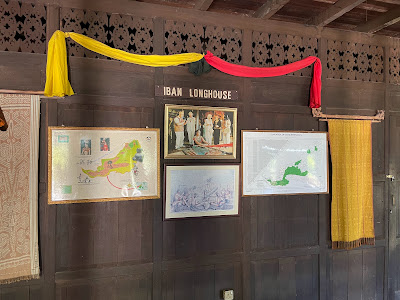Singapore - This morning after breakfast, Edmund and I went to Kranji War Cemetery and State cemetery.
 |
| War Memorial |
It was a sunny day and we were sweating under the direct sun. There were no visitors during this time except some landscapers putting flowers on the grave stones.
 |
| rows of tombstone of fallen soldiers |
Memorial register of the war dead at this war memorial. Of the 2,690 burials and inscriptions of missing Australian personnel at the cemetery, 519 have their date of death recorded as between 8 and 10 February 1942, suggesting that they fell in action during the opening battles. The location of the cemetery is thus significant considering that Kranji was where the war began and ended for many.
 |
| President Yusof Ishak |
Yusof held many appointments within the Singaporean government. He served on the Film Appeal Committee from 1948 to 1950 and was also a member of both the Nature Reserves Committee and Malaysian Commission for a year. In July 1959, he was appointed Chairman of the Public Service Commission, Singapore.
He lends his name to several landmarks and buildings including Yusof Ishak Secondary School, ISEAS–Yusof Ishak Institute, Yusof Ishak House in National University of Singapore, and mosque Masjid Yusof Ishak.
 |
| President Benjamin Sheares |
Dr Benjamin Henry Sheares was the second president of the Republic of Singapore. He held this office from 2 January 1971 at the age of 63 until his death on 12 May 1981. Besides his presidency, Sheares was also known as Singapore’s “father of modern obstetrics and gynaecology”.
President Benjamin Shears also lends his name to several landmarks and buildings including the Benjamin Sheares Bridge, Singapore’s longest bridge, and the Sheares Hall, a hostel of the National University of Singapore.
 |
| somber and tranguil |
